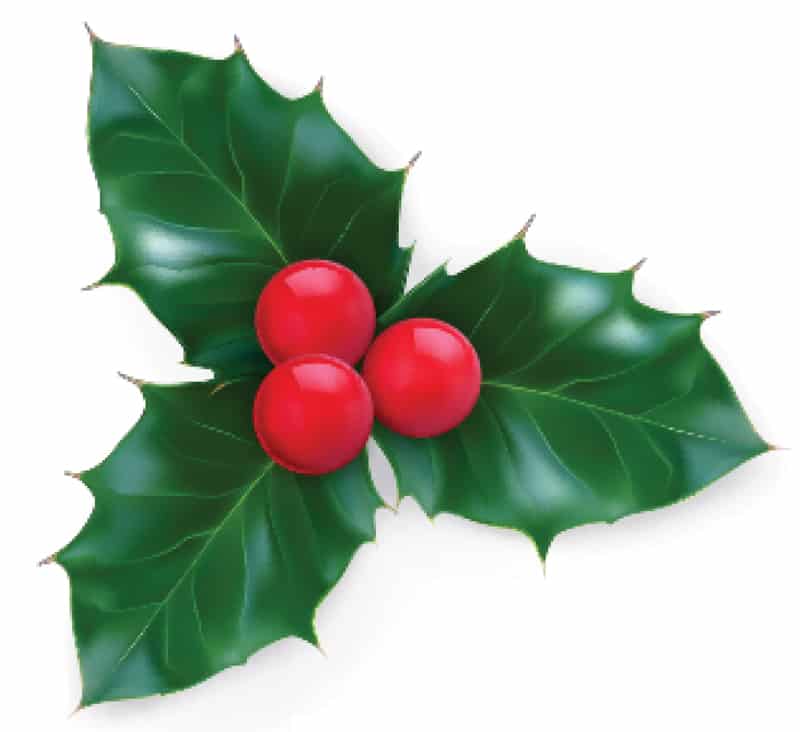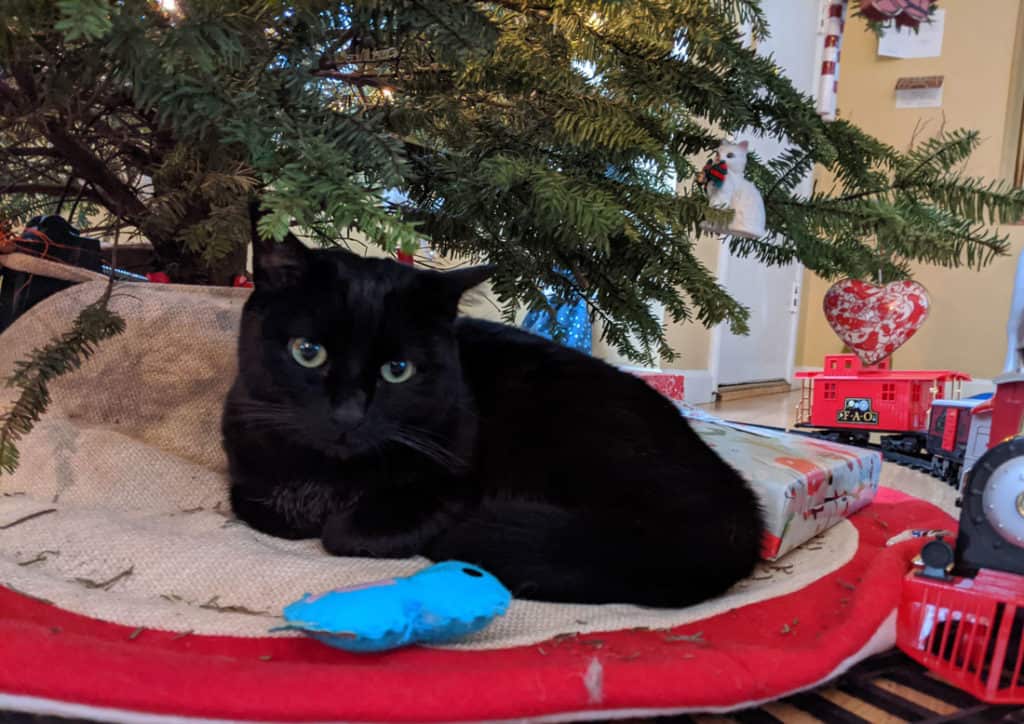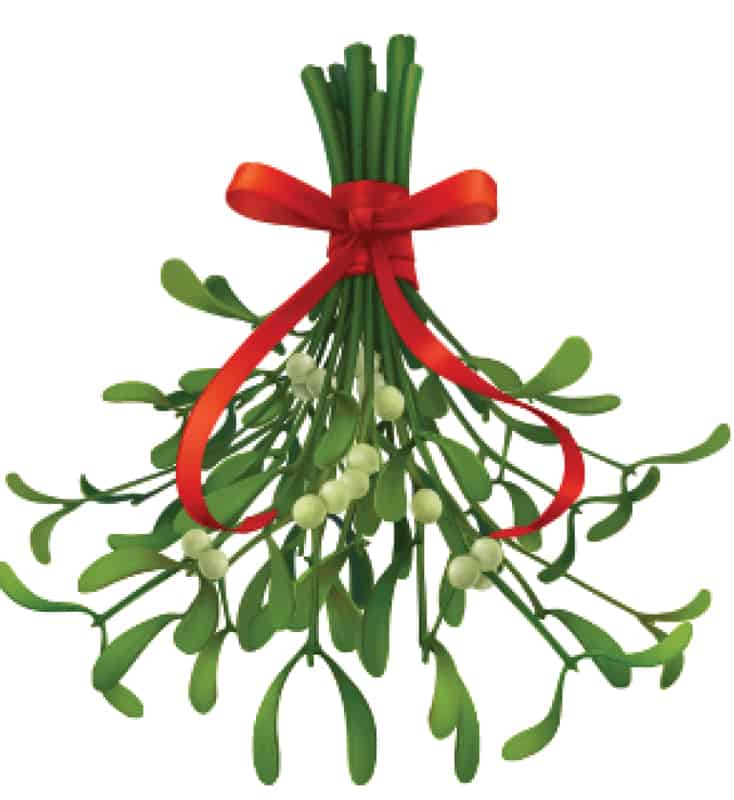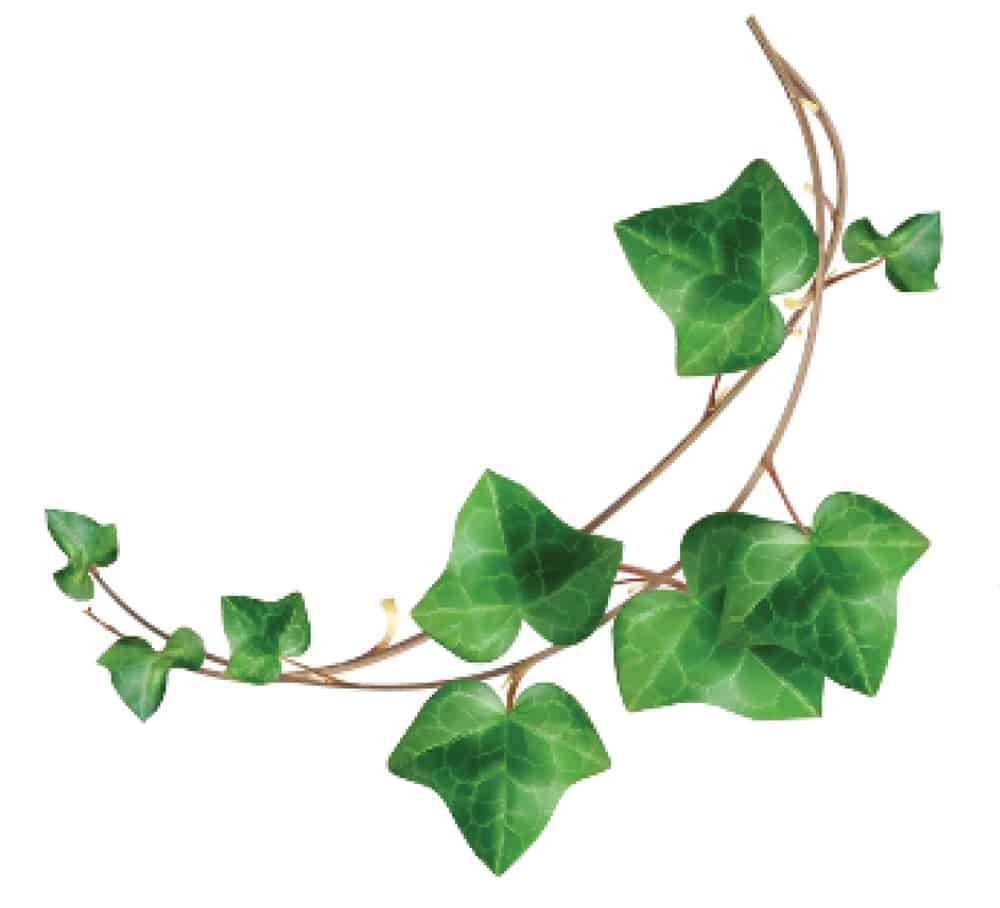Are you getting into the Christmas spirit yet? Maybe you’ve already started decking the halls with boughs of holly.
While this cheerful holiday is a joy for many, it can be dangerous for your cat.
Many common Christmas plants are toxic to cats and can cause serious health problems. So if you’re planning to include any plants in your Christmas decor, make sure they’re safe for your cats.
Read on for a list of some of the most common Christmas plants and why they can be harmful to your cat, as well as tips on how to keep your feline safe during the holidays.
10 Christmas Plants That Are Toxic to Cats
Poinsettia Plants
If you’re thinking about getting a poinsettia (Euphorbia pulcherrima) to keep in your house for Christmas, think again. These plants are not only decorative but can also be toxic if ingested by cats.

Though these pretty leaves may seem like an attractive addition to any home during the holidays, they could wind up harming your cat by causing digestive problems from eating them and irritating their skin in some cases.
Cats can suffer from diarrhea, vomiting, excessive drooling, and nausea. However, this happens rarely because this plant contains irritant sap, and your kitty can’t eat a lot of it.
Holly
Many berries can be found on a Christmas tree, but holly (Ilex aquifolium) is one berry you should watch out for.
While these red berries offer winter food sources to birds, they may also cause serious illness in cats because some varieties contain the toxin called saponins which causes severe vomiting or diarrhea when eaten by cats.

These symptoms include drooling, lip-smacking, head shaking, and sometimes drowsiness. So if your furry friend has ingested any wild berries this season, make sure to consult your vet.
The sharp leaves of holly can also punctured your cat’s skin, causing damage.
Christmas trees
Having a Christmas tree is often the featured decoration in the home during the season. Most common species of Christmas trees are firs (Abies and Pseudotsuga species), pines (Pinus species), cypresses (Cupressus species), spruces (Picea species), and cedars (Juniperus and Cedrus species).
While you may not consider your cat to be at risk from your Christmas Tree, you should be mindful if they swallow any needles. Not only will the sharp points irritate their digestive system or even puncture their intestines. These small bits can also damage other organs in the body.

To keep everything running smoothly, take care to vacuum around your Christmas tree regularly, so there aren’t needles lying around on for your cat to accidentally ingest.
Additionally, Christmas trees contain essential oils, that when swallowed, can cause abdominal pain and nausea.
Daffodil
The daffodils symbolize springtime and come before the flowers that signify winter, but they can also be found in December if there is no cold. Their bulbs contain an alkaloid that may make your kitty sick or even cause vomiting.
The crystals inside daffodils could lead a cat’s heart rate to become irregularly fast-paced (arrhythmic) and may cause respiratory distress, and even death.
Christmas cactus
A plant with fibrous leaves, the Christmas cactus (Schlumbergera truncata) can irritate cats. This native Brazilian plant can make your pet nauseous or vomit if they eat too many fibers from these plants at one time.
Mistletoe
Christmas is a time for celebration, but be careful not to forget about your kitty if you buy mistletoe (Phoradendron species) as decoration in the house or around it and have cats who enjoy eating berries, keep them away.

This toxic shrub contains toxalbumin and pharatoxin viscumin, which can cause digestive issues like nausea or vomiting and skin irritation on contact. If your kitty ingests it in large amounts, it can cause a nervous breakdown, liver damage, and even death.
Ivy
Eating decorative ivy can be dangerous for your cat. If your cat eats this plant, also known as Hedera helix, you will likely see blood in their vomit or feces.
If their skin makes contact with this type of plant it can cause an allergic reaction, which could lead to itching and rashes on different parts of their body, including eyelids, paw pads, and nostrils.
Some cats may not react negatively right away but instead will later develop symptoms such as vomiting, diarrhea, drooling, and nose bleeds.

Amaryllis
The Amaryllis (Amaryllis or Hippeastrum Species) is a popular Christmas plant that can last for up to two months if kept in warm and dry conditions. It is one of the popular gifts, but its toxicity also makes them stand out.
The bulbs of these plants contain phenanthridine alkaloids, lycorine and tazetine, which are toxic to cats who eat them too much.
The highest amount of toxins is present in the bulb of Amaryllis.
Eating Amaryllis can cause many different symptoms, including vomiting and changes in blood pressure. Cats that eat this flower commonly report feeling sick to their stomachs, while some also experience rapid heartbeat or tremors that last for hours after consuming it.
Lily
Many types of lilies are toxic for cats but the Lilium or Hemerocallis species, in particular, have hazardous leaves. The ingestion of just two or three leaves can be potentially fatal, but it’s even more dangerous if a cat ingests them in water from the vase.

The primary signs of lily toxicity in cats include drooling, decreased activity level, and vomiting. Other symptoms may include lack of appetite or thirst for water and inappropriate urination patterns that are often seen with kidney damage from these toxins.
Hellebore
White hellebore is a wintertime flower that is used for decoration in the Christmas season.
However, like poinsettias, this plant should be kept away from pets such as cats that may ingest it and suffer from vomiting or paralysis symptoms if they overeat its toxic leaves.
If you own one, please keep an eye out for any unusual behavior, especially around Christmas time when everyone’s favorite feline might become more interested than usual in eating strange things.
Conclusion
If your cat likes to chew on plants, it’s essential to be mindful of the potential dangers posed by some types of Christmas plants for cats.
When in doubt about a plant, it’s best to play it safe and keep the plant outside your home in an area where your cat doesn’t have access to it.
References
Bates, N. (2012). Exposure to cut flowers and spring flowering plants in cats and dogs in the UK. The Veterinary Nurse, 3(1), 36-41. https://doi.org/10.12968/vetn.2012.3.1.36
Botha, C. J., & Penrith, M. L. (2009). Potential plant poisonings in dogs and cats in southern Africa. Journal of the South African Veterinary Association, 80(2), 63-74. https://hdl.handle.net/10520/EJC99818
Fitzgerald, K. T. (2010). Lily toxicity in the cat. Topics in companion animal medicine, 25(4), 213-217. https://doi.org/10.1053/j.tcam.2010.09.006
Means, C. (2017). Christmas plants: hazards, history, and holiday dangers. Today’s Veterinary Practice, 7(6), 17-28. https://todaysveterinarypractice.com/issue-archives/
Milewski, L. M., & Khan, S. A. (2006). An overview of potentially life‐threatening poisonous plants in dogs and cats. Journal of Veterinary Emergency and Critical Care, 16(1), 25-33. https://doi.org/10.1111/j.1476-4431.2005.00151.x






